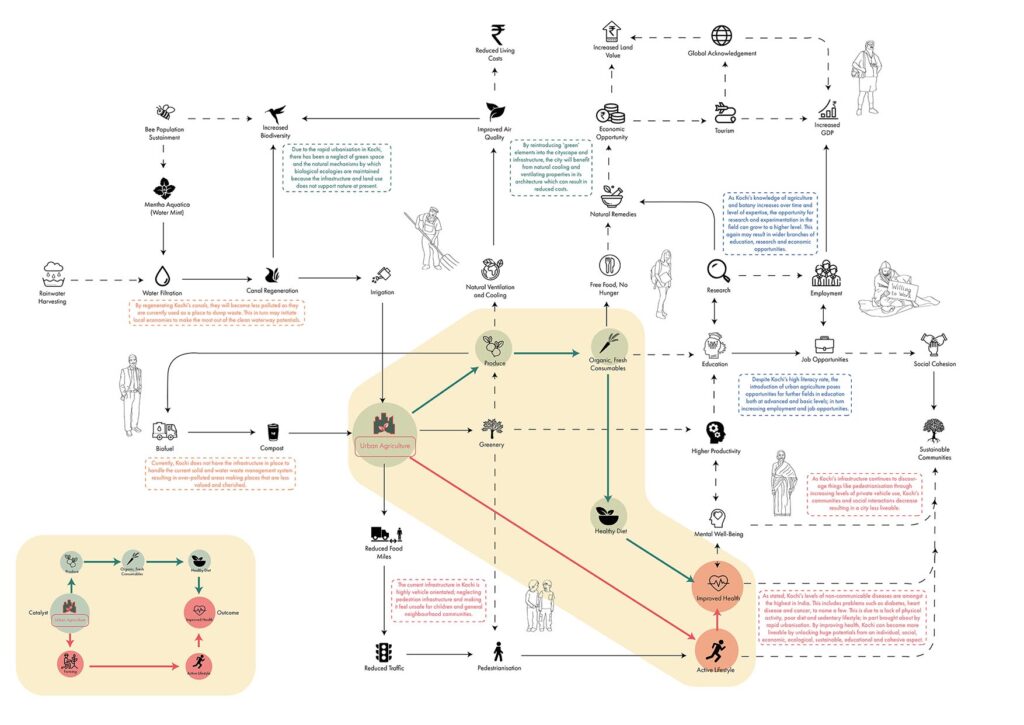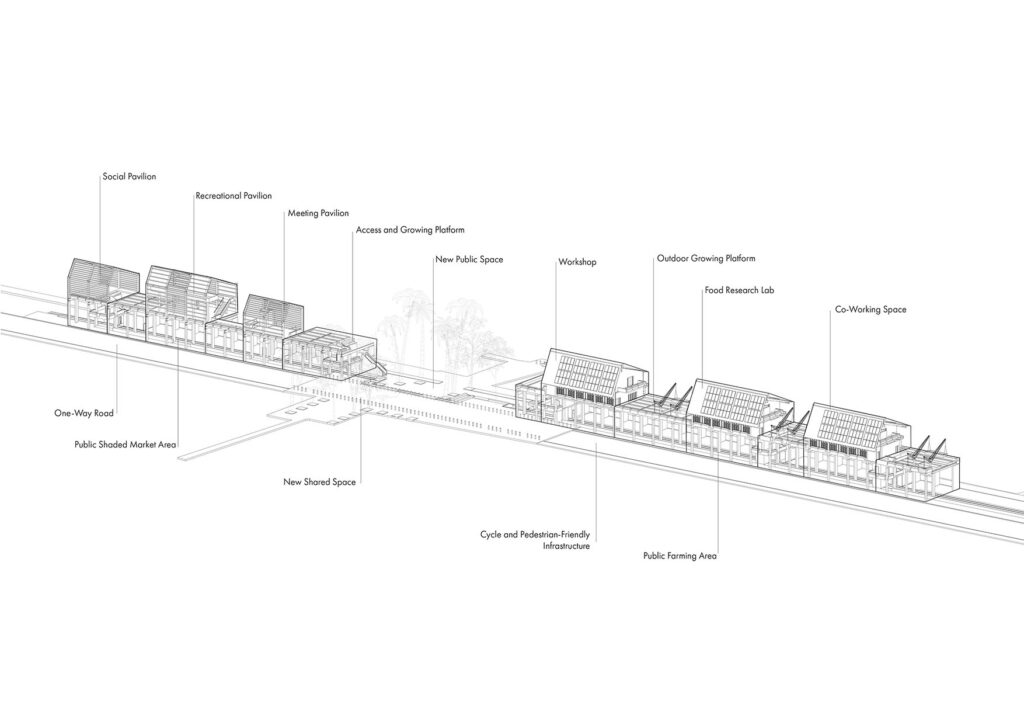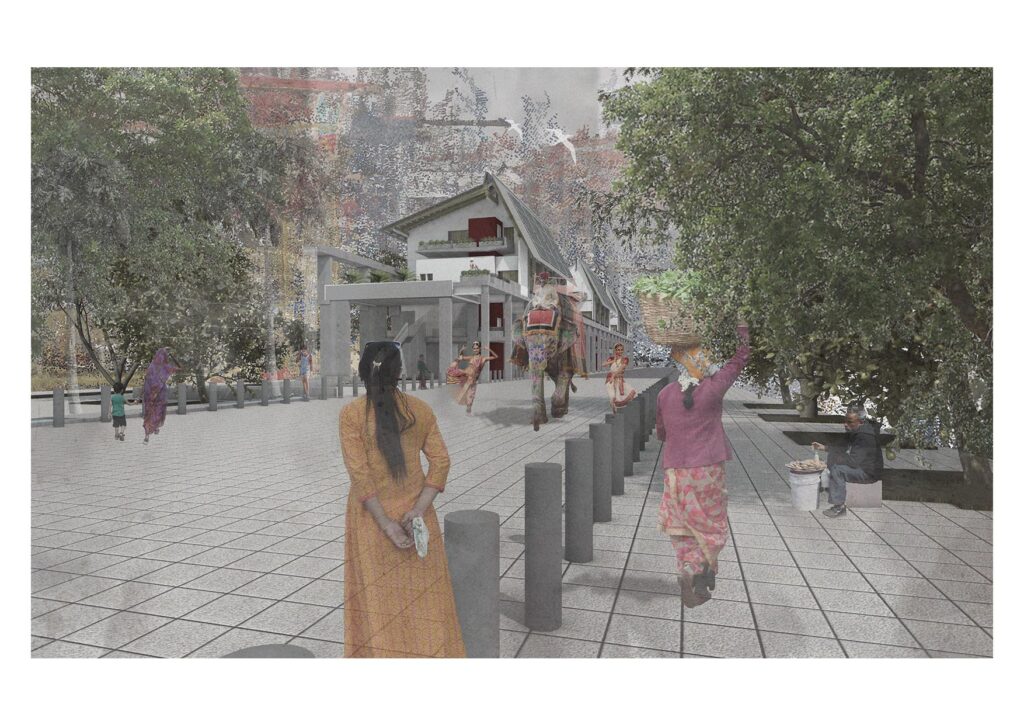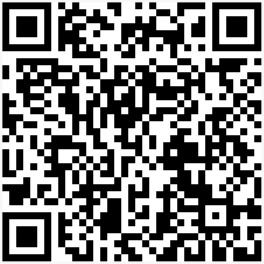“Ārēāgyattinreyumṁ sandhustiyūteyum keācci
[Kochi of Health and Well-being]”
Non-communicable diseases account for 61.8% of all deaths in Kochi. This thesis aims to tackle health in Kochi through improved diet and active lifestyle by reintroducing urban agriculture into one’s day-to-day life. In doing so, this reduces the impacts of rapid urban growth by reducing food miles, traffic and pollution and increasing pedestrianisation, economy, well-being and strengthening community and thus making Kochi a more liveable city.
As a result of the intervention, better connections are established between people and production of food as people are reconnected with the city by reclaiming the public realm for social and physical activity and agriculture.
City-Scale Closed Loop Cycle of Health & Urban Agriculture

The urban strategy is then implemented by developing neighbourhood level farming schemes, local food markets, green wall building retrofits, encouraging farm-gym memberships through a barter system of exchange to address a wider demographic. The locations for these sub hubs are chosen for ease of access and promotion of community engagement through participatory schemes which mix the use of public space with that of farming, exercise, recreation, and socialising.

The catalyst hub, located in one of the most densely populated regions in Kochi, with a range of mixed-use buildings and commerce is in Ernakulam on Marine Drive. Marine Drive is a six-lane dual carriageway road claimed from the historical market region of the city which now disconnects the city from the waterfront. Broadly, the south side of the intervention will be a public farming space with facilities for research with integrated farming, workshop and co-working spaces. The north side of the intervention, near the historical market, will act as public space and pavilion for extended markets, celebration, public events and community engagement. Between the two sites is a shared space which provides a direct connection from the city centre to the waterfront. The new layout provides a more engaging, safer space for the people of Kochi.

The project itself is conceived as an adaptable skeleton on which different metaphorical climbers (research pods/markets/public spaces) can grow, take root, expand or make way for the next important thing in achieving the objective of healthy city. The emphasis in giving the land back to the people is shown through raising the research and activity spaces above ground. The ground level is given back to the public realm providing a space for farming, physical activity, or recreation, as well as socialising.

The shared space between the north and south site provides a key route to the waterfront as well as a space for public events and parades such as Onam festival (the festival of harvest) for which the building, too, provides a platform for audiences. The catalyst hub alone has the following impact: canal regeneration, water harvesting, production of solar energy, 1.75 tons of produce per season (18,000 meals) and endless and ongoing research. As a result of the intervention better connections are established between people and production of food as people are reconnected with the city by reclaiming the public realm for social and physical activity and agriculture.
QR Code:
Please scan the QR code or follow the link provided to explore the virtual model of the catalyst intervention.
https://cloud.vectorworks.net/links/11eaa9e2a8814a4aa50a0e4ea18416f9/?viewer=webview

CONTACT EMAIL: parisha.patel97@gmail.com
LINKEDIN: https://www.linkedin.com/in/parisha-mistry-patel-b9a452167/
Curated By Shannan Kamalaneson
